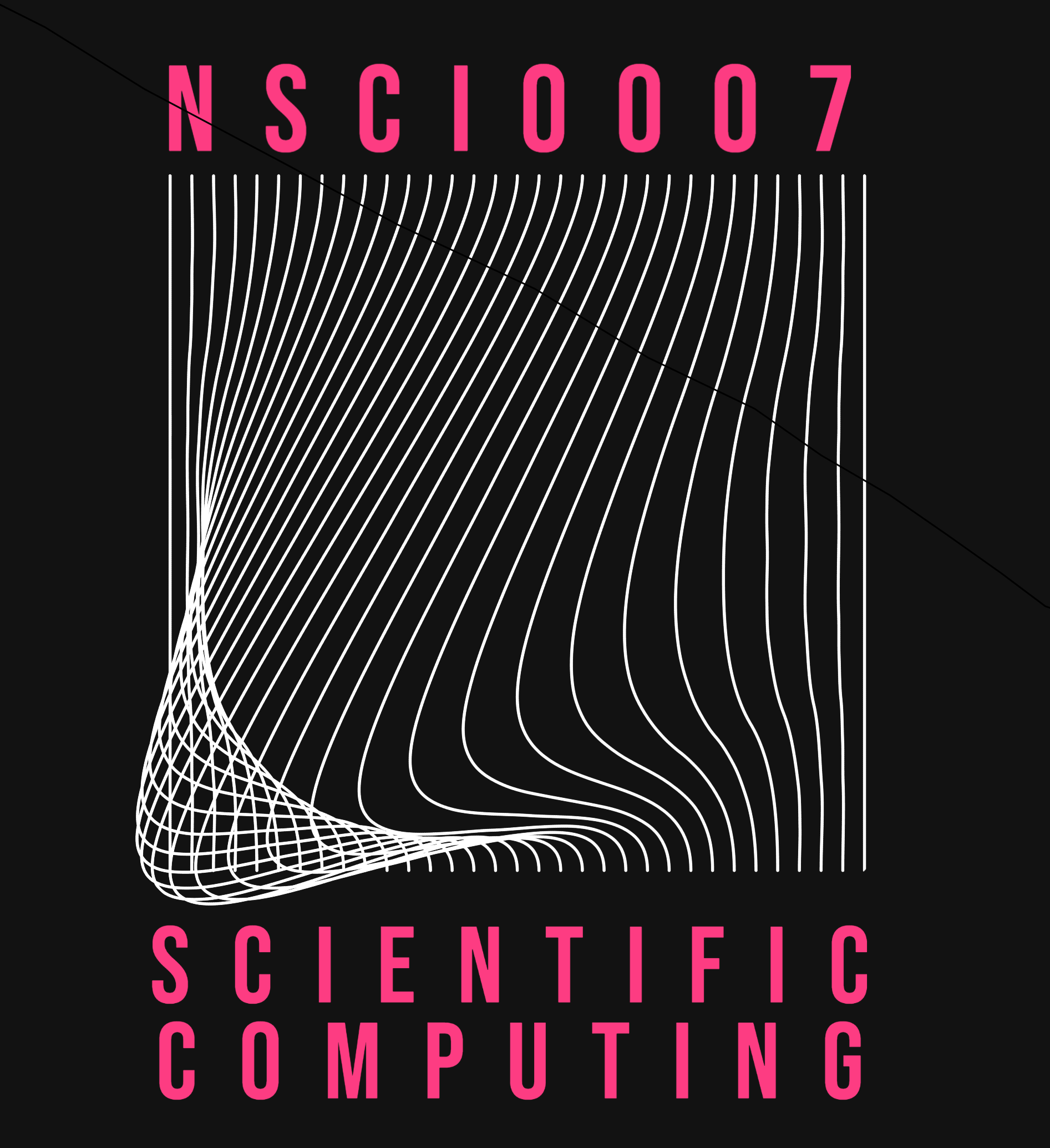Projects
Contents
Projects#
Introduction#
A cellular automaton is a grid of cells with assigned states (such as on/off but could have multiple intermediate states as well). These are updated at discrete time steps according to the state of neighbouring cells. Such models have been applied to study a variety of physical systems including crystal growth, traffic flow, flocking behaviour and chemical reactions.
Your group’s task is to produce a Jupyter Notebook which presents a solution to the scientific problem described in your chosen project brief, Viral Epidemics or Neurosphere Growth. The notebook should be a self-contained document containing text, working code and output and should be accessible and informative to a fellow second year Natural Sciences student.
Guidelines#
Your group will submit a single Jupyter Notebook which is both a working solution to the scientific problem and a report which documents the solution. It is up to you how you organise the notebook, however your notebook should be a coherent and self-contained document which:
Introduces and motivates the problem. There should be sufficient background information that the reader can understand your report without needing to refer elsewhere.
Clearly sets out the solution to the problem using text, illustrations and working code. Aim to produce writing of the same standard as a scientific report, using appropriate headings to provide structure and figures and neatly formatted equations where appropriate. Enough detail should be included such that the reader could adapt the solution for their own purposes.
Runs without errors on the Cocalc platform. A penalty will be applied to submissions which produce errors or don’t complete in a timely fashion. Some applications may require longer run-time than others due to the nature of the task, but it is expected that notebooks will generally complete in under a minute. If your code is taking too long to execute, you should discuss this with a tutor and try to find a better approach to the problem or a workaround.
Notes#
You may divide your submission into multiple code files, however you should include only one
.ipynbfile which presents the solution to the problem.You may only use only libraries pre-installed in Cocalc. Do not install any other third-party libraries.
Assessment#
Your final score for this assessment will be combination of a group score and individual score.
Group Score#
Your group will be awarded a mark based on the quality of your work. See the mark scheme document for further details.
Individal Score#
The individual score recognises your individual contribution to the group effort and is derived from a process of tutor-moderated peer assessment. You will have opportunity to provide both a categorical score and written comments on each group member, and this data will be moderated by the course tutors before being anonymised and returned to each of the members. The method of peer assessment that we will be using is called ‘IPAC’ (Individual Peer Assessment of Contribution to group work) which was developed by colleagues at UCL and has been found to promote engagement and professional behaviour during group activities.
What you should Submit#
Each group should submit a Cocalc folder containing a single ‘ipynb’ along with any required data or code files.
Each student should submit a IPAC peer evaluation form.
